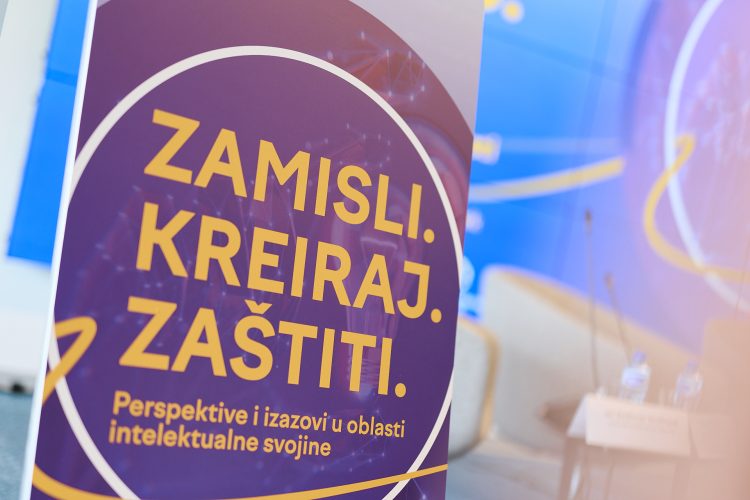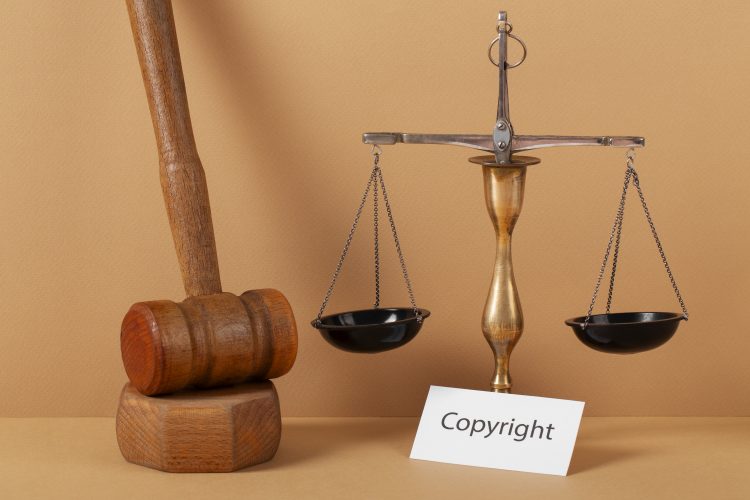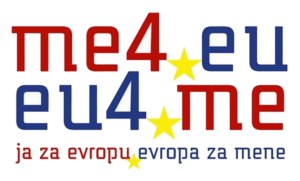Behind every new product, design, photograph, or idea lies intellectual effort that deserves protection. Montenegro is on the right path in establishing an efficient system for intellectual property rights protection, but institutions, businesses, and citizens must continue to strengthen awareness of its importance – this is the message from experts in the public and private sectors.
The closure of Chapter 7 in negotiations with the European Union last December, which concerns intellectual property rights, confirms that Montenegro has created a stable legal and institutional framework. However, as authorities emphasize, laws are only the beginning – their enforcement and the understanding of their value in everyday life and business is crucial.
“This came to us as a kind of confirmation of years of dedicated work both in aligning legislation and adopting practices valid at the EU level,” said Andrijana Čanović, Head of the Department for the Internal Market and Statistics at the Ministry of European Affairs.
She emphasizes that intellectual property protection benefits not only authors and innovators but also creates broader opportunities for business development and attracting investment.
“We can say that Montenegro has established both institutional and legal frameworks regarding intellectual property protection, which means that with this legal framework, we have created a certain basis for enforcing those rights in practice,” Čanović stated.

COPYRIGHT_DUSKO_MILJANIC_MONTENEGRO_
In the coming period, she added, the focus will be on education – from officials handling rights registration to market inspectors, judges, and prosecutors.
Filip Lazović, Deputy Secretary General of the Union of Employers (UPCG), told the Mina-business agency that Montenegro has comprehensive regulatory and institutional support regarding intellectual property protection.
“Anyone with a product of their intellect, a copyright, trademark, patent, or industrial design has clear procedures on how to protect their work and, in that sense, can enjoy a certain degree of protection,” Lazović said.
He believes that the temporary closure of Chapter 7 is good news and that the confirmation from EU partners that the country has a fully aligned regulatory framework is significant.
“Fortunately, we have this regulatory framework. What can be noticed is that there is insufficient awareness among business entities about the importance of their work and effort to create something new and subsequently protect it, and how beneficial that can be for a business entity individually or for the entire economy,” Lazović said.
That the misuse of copyrights is not unknown in the domestic media space is also evidenced by the experience of the news agency MINA. Director Jaša Jovićević notes that photo and video content is somewhat protected, but textual content remains vulnerable.

“Protection primarily applies to photographs and audiovisual formats, which has so far been possible to protect in Montenegrin courts, and in cases of misuse of such content, certain compensation can be collected for the author,” Jovićević said.
He added that, unlike that, textual information has unfortunately not yet been recognized and remains subject to misuse.
Jovićević believes it is important that, in the process of final alignment with EU regulations and standards, and probably when Montenegro becomes a full EU member, the media community takes full advantage of EU best practices and contributes to the goal of protecting all content produced.
Longtime photojournalist Boris Pejović points out a deeply rooted problem in practice – despite good legislation, actual rights protection is rare.
“Unfortunately, even though the legal framework is excellent, as copyrights are protected by the Law on Copyright and Related Rights, the Criminal Code, and numerous international agreements, in practice implementation is almost nonexistent,” Pejović said, adding that court processes are slow, expensive, and exhausting, there is no uniform judicial practice, and most lawyers are not sufficiently familiar with the field.

However, Pejović believes that the temporary closure of Chapter 7 is deserved but warns that ignoring abuses could “come back as a boomerang” in the final stage of EU negotiations.
“Therefore, it is high time for institutions to seriously address the implementation of the law and the protection of all authors, especially those whose work is often taken for granted, such as photojournalists,” Pejović said.
Asked whether he expects intellectual property protection in Montenegro to improve after the closure of Chapter 7, Lazović said it is legitimate to assume that it will, because confirmation was received from Brussels that the country is on the right track and already has some concrete results.
“Given that we have everything we have, which is good, and that we do not have too many problems, it is possible that the best approach would be for institutions to focus on promoting intellectual property, that part of Montenegro’s legal system, to promote it and, in some way, raise and increase awareness among citizens and businesses about what it is, how important it is, and how much benefit it can bring,” Lazović emphasized.
Čanović stresses the importance of cooperation among all relevant actors – from state bodies to civil society – to provide citizens with complete information and strengthen awareness of the importance of intellectual property.
“Only in this way will citizens be adequately informed about the protection of their rights in the field of intellectual property, and what is crucial is to continuously strengthen the awareness of citizens and businesses about intellectual property rights and their adequate protection,” Čanović said.
Finally, the message is clear – innovation, creativity, and knowledge are the foundation of a modern society, but without protection, they lose strength. Montenegro has made significant progress, and it is up to all actors to seize this opportunity.
SOURCE: MINA AGENCY
Photo: Designed by Freepik


